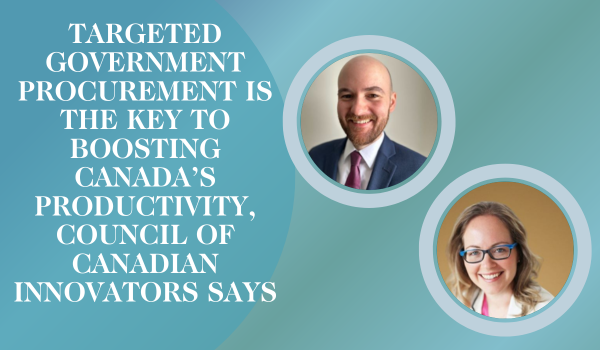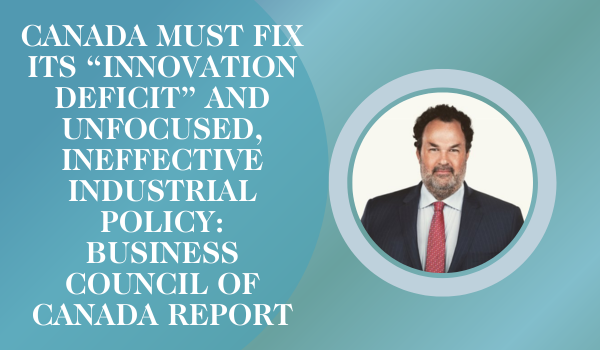Startups need more anchor firms; startups supported by business accelerators begin with advantages; weak business investment is driving Canada’s drop in productivity; focus on construction industry in improving labour productivity; most Canadian businesses don’t know they’re using AI tools; jobs of highly educated Canadian workers could be more at risk from AI than their less educated counterparts; and more.
Other stories mentioning these organizations, people and topics
| Organizations: | Innovation, Science and Economic Development Canada |
| People: | Geneviève Bouthillier |
| Topics: | federal funding for reseachers, students and research projects |
Other News
Events For Leaders in
Science, Tech, Innovation, and Policy
Discuss and learn from those in the know at our virtual and in-person events.
See Upcoming Events
You have 0 free articles remaining.
Don't miss out - start your free trial today.
Start your FREE trial Already a member? Log in
By using this website, you agree to our use of cookies. We use cookies to provide you with a great experience and to help our website run effectively in accordance with our Privacy Policy and Terms of Service.



